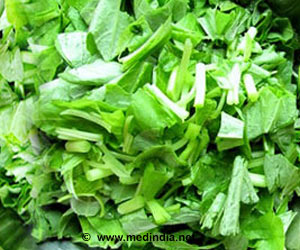
Yulia Pushkar, a Purdue assistant professor of physics, said that the proteins they study were part of the most efficient system ever built, capable of converting the energy from the sun into chemical energy with an unrivaled 60 percent efficiency and understanding this system would be indispensible for alternative energy research aiming to create artificial photosynthesis.
In Pushkar's laboratory, students extracted a protein complex called Photosystem II from spinach and after they excited them with a laser and records changes in the electron configuration of their molecules. Photosystem II was involved in the photosynthetic mechanism that splits water molecules into oxygen, protons and electrons. During this process a portion of the protein complex, called the oxygen-evolving complex, cycles through five states in which four electrons were extracted from it.
Petra Fromme, professor of chemistry and biochemistry at Arizona State University, said that the trick was to use the world's most powerful X-ray laser, named LCLS, located at the Department of Energy's SLAC National Accelerator Laboratory and extremely fast femtosecond (one-quadrillionth of a second) laser pulses record snapshots of the PSII crystals before they explode in the X-ray beam, a principle called diffraction before destruction.
While X-ray crystallography reveals structural changes, it does not provide details of how the electronic configurations evolve over time, where the Purdue team's work came in. The Purdue team mimicked the conditions of the serial femtosecond crystallography experiment, but used electron paramagnetic resonance to reveal the electronic configurations of the molecules
The study is published in Nature.
Advertisement














